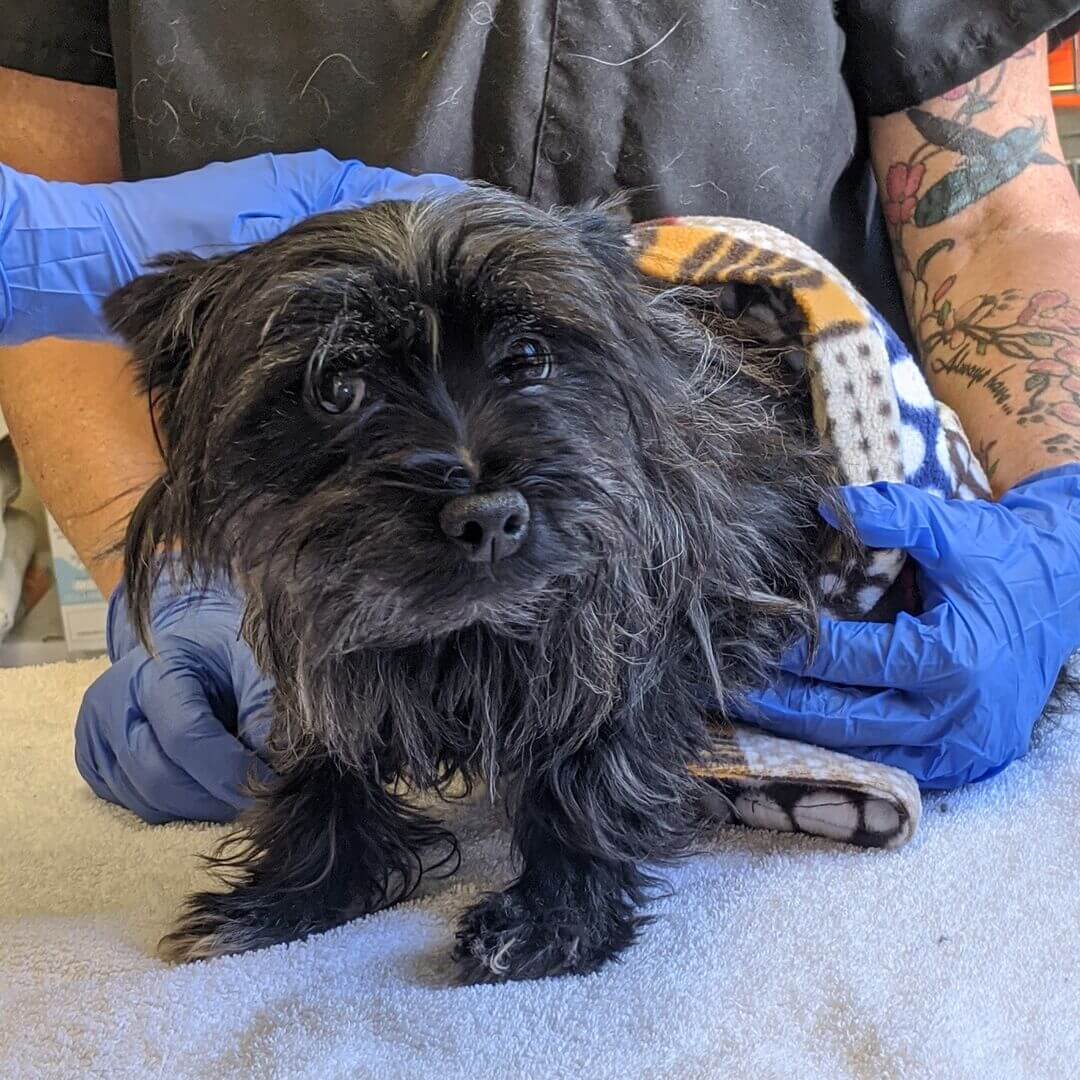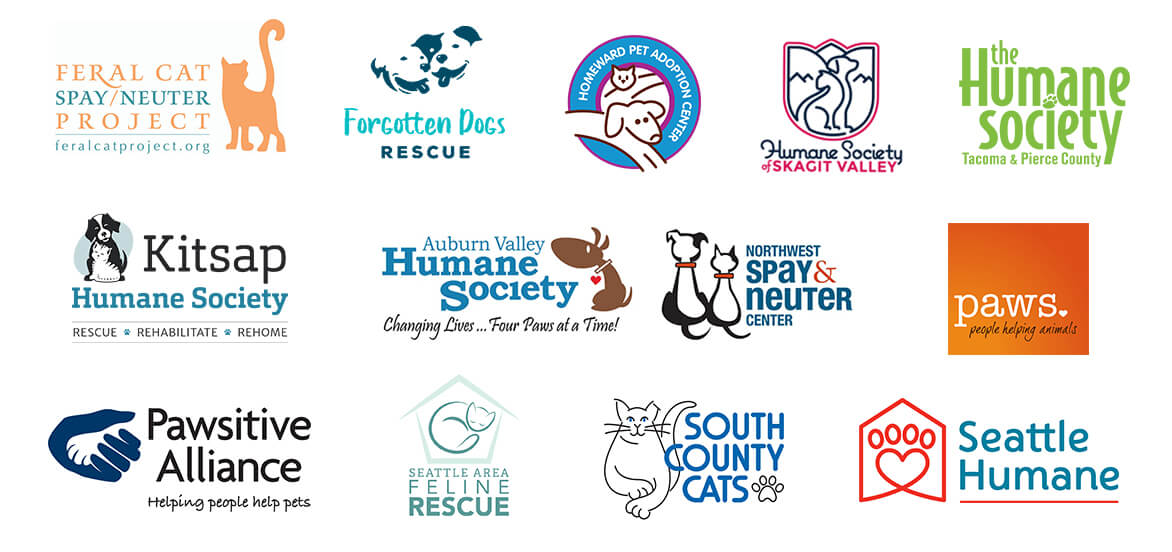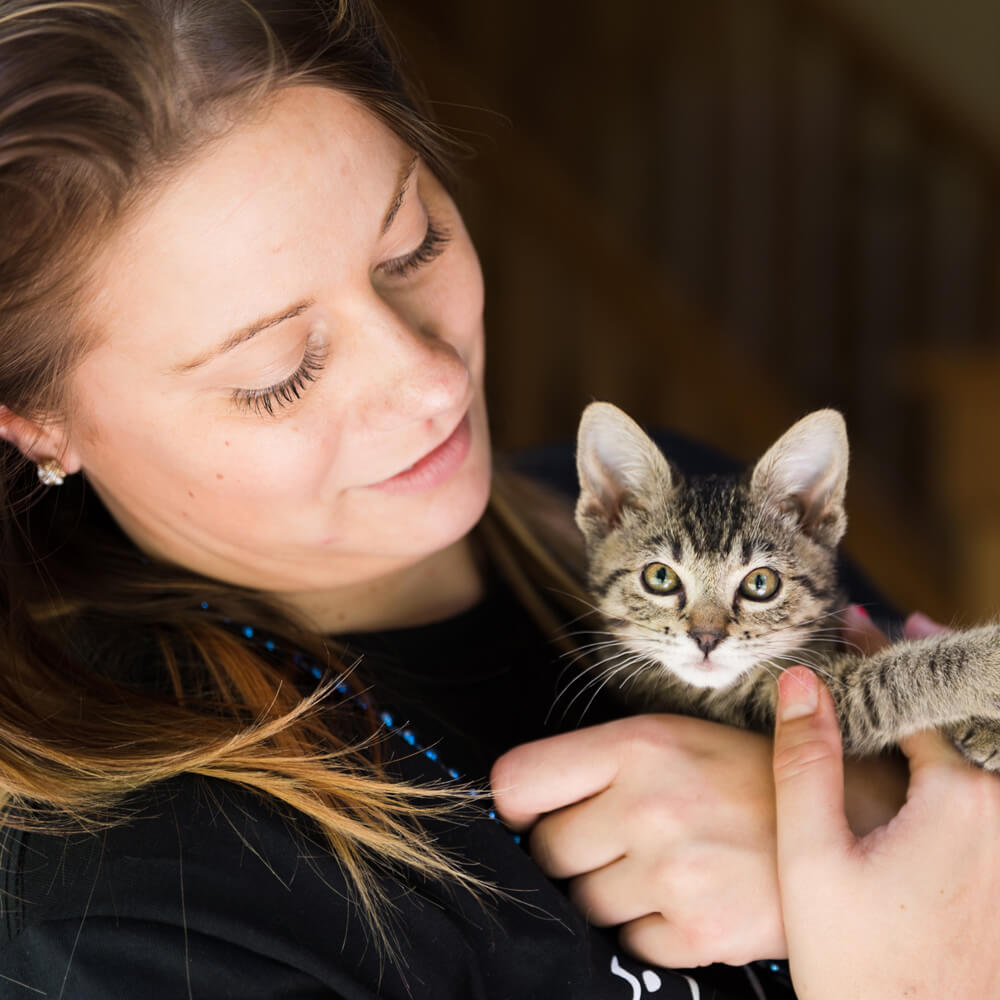
World Spay Month
February 2024
Tackling pet overpopulation in our community this February
Spanning multiple counties over multiple days during the month of February, participating animal welfare organizations hosted spay/neuter clinics for low-income families with companion animals. We are coming together to take collective action to tackle the immense backlog of pets waiting to be spayed or neutered. Collectively, we performed 4,174 spay/neuter surgeries in the month of February.
World Spay Month Partners
We are proud to partner with the following organizations across our region throughout the month of February to reach as many pets at possible: Feral Cat Project, Forgotten Dogs Rescue, Homeward Pet, The Humane Society for Tacoma & Pierce County, The Humane Society of Skagit Valley, Kitsap Humane Society, Northwest Spay and Neuter Center, PAWS, Seattle Area Feline Rescue, Pawsitive Alliance, South County Cats, and Seattle Humane.

Why Spay/Neuter?
Approximately 1.5 million dogs and cats are still euthanized in shelters across the Unites States every year due to lack of space. Spaying or neutering your pet keeps shelters from being overcrowded and dogs and cats from being euthanized due to lack of space.
Additionally, your pet may live longer. The average lifespan of spayed and neutered cats and dogs is considerably longer than the lifespan of those not. A Banfield Pet Hospitals study on a database of 2.2 million dogs and 460,000 cats concluded that neutered male dogs lived 18% longer and spayed female dogs lived 23% longer while spayed female cats lived 39% longer and neutered male cats lived 62% longer.
The reduced lifespan of unaltered pets can, in part, be attributed to an increased urge to roam. Such roaming can expose them to fights with other animals, resulting in injuries and infections, trauma from vehicle strikes and other accidental mishaps.
A contributor to the increased longevity of altered pets is their reduced risk of certain types of cancers. Intact female cats and dogs have a greater chance of developing pyometra (a potentially fatal uterine infection) and uterine, mammary gland and other cancers of the reproductive system. Neutering male pets eliminates their risk of testicular cancer and eliminates the possibility of developing benign prostatic hyperplasia which can affect the ability to defecate.

Source: The Humane Society
Inspired to take action?
General recommendations for spaying/neutering your pet
- Cats should be altered before they are 5 months old as they can become pregnant at 4 months of age and older.
- Female dogs should be spayed before they are 5 months old.
- Small, medium and large breed male dogs should be neutered before they are 5 months old.
- Giant breed male dogs who are house pets should be neutered after growth stops, between 12 to 15 months of age due to orthopedic concerns.
- Giant breed male dogs who roam freely should be neutered before they are 5 months old due to the population concerns of unintended breeding.
- Shelter animals should be altered prior to adoption—ideally, as early as 6 weeks old; however, some states may require waiting until the animals are 8 weeks old.
- Community cats should be altered via TNR (trap-neuter-return) at any age after 6 weeks old, although, again, some states may require waiting until the kittens are at least 8 weeks old. Some organizations may follow different guidelines.

